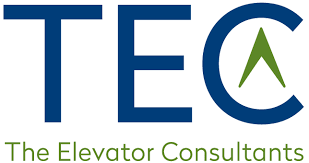Elevator cmAs a building owner or property manager, you know the importance of maintaining your elevators in the best condition. Elevators play an essential role in modern buildings, and their fully functional operation is necessary for the safety and comfort of users. However, more than traditional maintenance methods may be required. These methods may not keep your elevators running reliably and efficiently. Reliability Centered Maintenance is a methodology proven in numerous industries. It may be an option for your buildings.
What is Reliability-Centered Maintenance (RCM) for Elevators?
Reliability-Centered Maintenance (RCM) is a highly effective approach to maintaining elevators. It focuses on identifying and addressing potential failures before they occur, ensuring elevators operate safely and efficiently. There are several vital steps to take for RCM. One step is identifying the historical maintenance data and original equipment manufacturers (OEM) specifications. Another step is analyzing the various components of an elevator. You should identify potential points of failure based on the information gathered. RCM allows for proactive maintenance and repairs. This reduces downtime callbacks and minimizes costly repairs. RCM can also help extend the lifespan of elevators. This saves building owners significant costs over time. For any building owner or manager looking to ensure the safety and reliability of their elevators, RCM can be another option than traditional break-fix or callback maintenance.
What are the Benefits of Reliability-Centered Maintenance for Elevators?
Adopting RCM for elevator maintenance offers several benefits for building owners and property managers. Reliability Centered Maintenance (RCM) is a powerful approach to maintenance management that emphasizes proactive measures to prevent equipment downtime, callbacks, and break-fix maintenance.
One significant benefit of RCM may be decreasing the break-fix maintenance. This approach can reduce unscheduled downtime, callbacks, and service interruptions. These can inconvenience users. Organizations can minimize unplanned downtime by implementing a comprehensive maintenance plan. This plan should include understanding the equipment, usage, and required maintenance. A building should always ensure its equipment is in top working condition. This improves productivity and efficiency and reduces the risk of costly breakdowns and repairs.
Secondly, RCM reduces maintenance costs by optimizing task frequency and duration. By performing maintenance tasks at the right time, building owners and property managers can potentially mitigate the need for emergency repairs, extend the lifespan of equipment, and lower overall maintenance expenses.
Thirdly, RCM enhances safety and compliance by correctly ensuring equipment functions and addressing minor issues before they become more significant.

